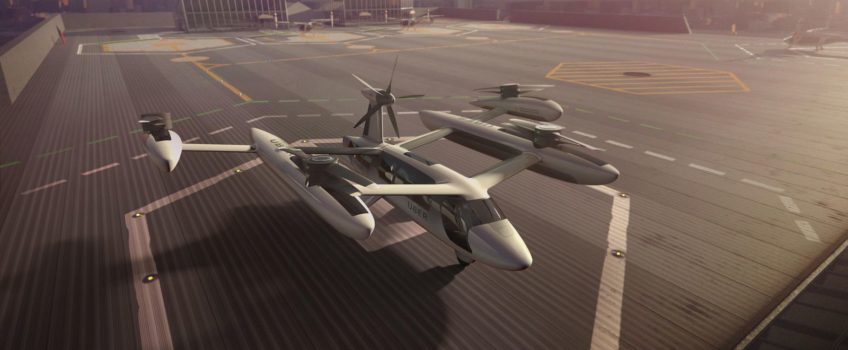
What does Uber have in common with NASA and the US Army? Well, nothing really besides the new partnership for developing commercial flying taxis by 2023. The new UberAir service wants to launch electric flying taxis within the next five years and working with NASA and the US Army may just realise those ambitions.
Research & Development Of UberAir Flying Taxis
The partnership between Uber and the US Army involves working with the Research, Development and Engineering Command (RDECOM) arm. Inside the lab, work is underway to research the eVTOL technology (electric vertical take-off and landing).
These VTOL designs are reportedly safer than today’s helicopters because they don’t rely on one single part to stay airborne. Although Uber is yet to master the autonomous car, VTOL’s will ultimately use autonomy technology to significantly reduce operator error. Autonomy may be the end goal but the aircraft will initially be piloted.
Uber’s plans are still rough around the edges but according to a whitepaper, the VTOL aircraft will use electric propulsion. This means they will have zero emissions. The US Army is also working with Uber to develop a quieter propeller technology, something that’s never been done before. It’s a concept to place two rotor systems on top of one another while rotating in the same direction. This will result in an electric aircraft capable of operating in busy cities with minimal noise disruption.
UberAir wants to fly up to 2 000 feet (610 m) at 150 mph (240 km) for short distance flights. Initial estimations suggest that the aircraft will travel 60 miles (96 km) on a single battery charge. Ambitious or not, they plan to fly the first four-seater demo in Los Angeles and the Dallas area by 2020. The main aim is to get the flying taxis ready for commercial use by 2023.
Uber Flying Taxis and NASA
This is not the first time Uber partnered with NASA. A previous agreement between the two included researching “Unmanned Traffic Management” at low altitudes. The new arrangement with NASA is all about sharing data on creating an “urban aviation rideshare network.”
NASA intends to use this information for computer models to study how small aircraft, like UberAir, handle crowded environments. The target location will be Dallas Fort Worth International Airport in Texas, one of the busiest airports in the world. The data will help assess how to best navigate flying taxis alongside congested airspace.
Uber plans to move well beyond cities, roads and public transport. They want to be more involved with aeronautical institutions and possibly move on to defense contracting. This may not happen any time soon but working with NASA and the US Army is a step in the right direction.
Although Uber won’t necessarily supply the military with aircraft, this joint project could lead to bigger and better things. Perhaps one day the Army can use this tech to fly unmanned aerial vehicles for troop transport, supply drops or recon. Who knows, maybe they already have something similar in the works.
Autonomous cars have been in the news recently and mostly for the wrong reasons. Good things are in the making, without a doubt, but improvements are clearly needed. While Uber is not alone in dealing with the aftermath of a deadly and tragic accident, they had to move on. They are even more determined than ever to develop the next best innovation in transport and succeed beyond expectations.
We’d love to hear from you about the very real possibilities of flying taxis in our skies come 2023. Please share your comments in the section below or connect with us on Facebook, Twitter, LinkedIn or Google+.
This site uses Akismet to reduce spam. Learn how your comment data is processed.


 Mail:
Mail: 




Leave a Comments